Source and inspiration
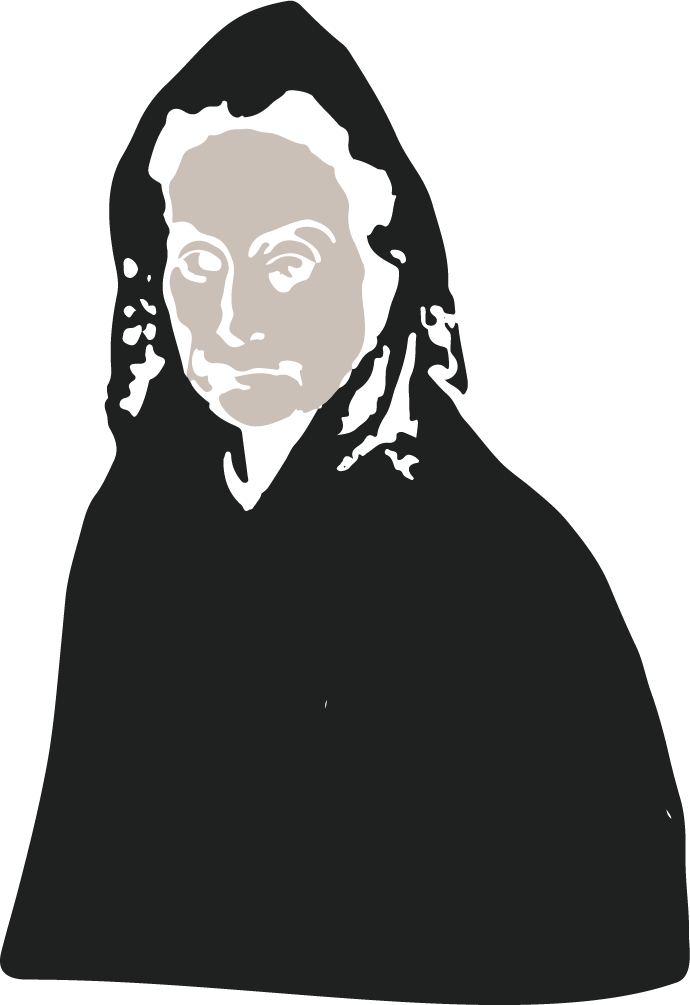
Let Love Die based on the Castilian literary work “La Celestina” written by Fernando de Rojas. In the Book, “La Celestina”, we get known to a go-between who earns a living at the cost of other people’s misfortune. Thus, Calisto appears in his life looking for help. Desperate, because he doesn’t has his beloved, he begs Celestina to get fob off Melibea so she fells in love of him. Finally, the witch ends up achieving the goal of the young man, who after a spectacular fall from the balcony of his loved ends up dying. In the history of Let Love Die we offer a free interpretation that plays with the story of the relationship between Celestina and Calisto, giving it a romantic twist between both characters.
The Title of our short film pays tribute to the personality of Celestina, a lonely, unsociable, mean who doesn’t believe in love. Her life is based on taking advantage of people who need her as a live engine. Calisto meets her with the same objective of the novel, but with the birth of an unexpected love that she feels towards him. We let implied a more sensitive but still cunning Celestina, who doesn’t let anyone take away her miserable lifestyle. Meanwhile, Calisto shows us the other side of the coin: A man who can kill in order to achieve his goals.
And why reinterpret a literary classic? We want to offer a different look at the character of Celestina, a woman who lives in solitude, who Works on the magic of love without ever having felt it… Or does she? And about a Calisto, who is a naive boy as shown in the original work but is very clear about what he wants and nothing is going to stop him from getting it.
Thus, through the words of a dying Celestina and her memories, we learn the tragic story of these two characters united by an unrequited feeling that will end up killing love.
To create the short film, we were mainly inspired by the written work. However, witches, the sorcery of those centuries and the pictorial works that involve the enchantment, among some of these magical elements, were also a source of inspiration.
Among some paintings we highlight this interpretation of how Picasso imagined La Celestina in his Blues Stage (1901-1904).
As a result of this drawing of La Celestina, we wanted to reinterpret the story of how we know this woman today, asking questions such as: Would she feel in love within herself at some point? Did she had a bad experience falling in love and that is why she came to him so much? Questions that we have solved in our free version and that offer another point of view of the character that goes a little further to the viewer.
In addition, throughout history witches have been treated as inhuman beings who only sought the misfortune of the others. From Let Love Die we wanted to give a slight change to that thought, making both the character and the audience doubt Celestina’s feelings for Calisto.
For this, the search for potions and how to create them was also key to inspire us and work on the world for witchcraft. Plants like Rosemary or lavender that have anesthetic and hallucinogenic properties helped us to learn more about this.
In addition to the potions, the cauldron, the vines, the books, the candles and other objects related to sorcery, we highlight two symbols as the most representative: The red thread and the orchid. In the narrative of the story, both take a relevant importance. The red thread is part of the original story, being the element that Celestina steals from Melibea in order to put a spell on her. At first, Melibea does not trust the gossiper’s intentions and does not want to receive her for a long time in her house, but the witch takes advantage of that moment to steal Melibea’s “cord” or red thread and put a spell on it. In a short time, the young noblewoman calls her to return home and thus apologize. The enchantment is created thanks to the magic that the protagonist attributes to the element of the young woman.
In the case of Let Love Die, that objetct has been mantained, also representing the love between the two nobles: Calisto and Melibea. However, this time it will not work in the same way as the story but will cause the opposite: Melibea will hate Calisto.
Having said that, the orchid is the element that plays the representative role of the love and affection of these characters. This flower that we included in our narrative symbolizes Celestina’s weak point: The love that she feels but never has shown. When she meets Calisto she is planting orchids in her garden. Calisto offers her Melibea’s attribute (the red thread) and some coins to do the job for him. Moments later, she leaves, and he stays looking at the flowers. He feels a strong connection to them and touches them causing that one of the petals breaks. This simple gesture will sentimentally unite both characters throughout the narrative. With this, Calisto is going to try to destroy Celestina’s life through love. Will she be able to fall into her own trap?
"We highlight this interpretation of how Picasso imagined La Celestina in his Blue Stage"
We highlight this interpretation of how Picasso imagined La Celestina in his Blue Stage Would he feel the love within himself at some point? Did you have a bad experience falling in love and that's why you came to hate him so much? Questions that we have solved in our free version and that offer another point of view of the character that goes a little further to the viewer.
Departments
Get to know some of our departments that have made our project possible
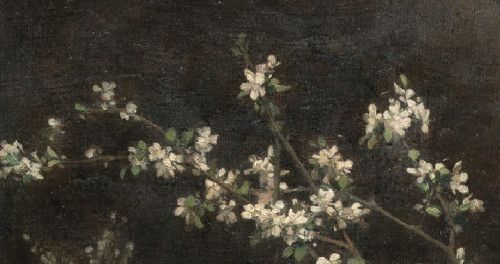
Art
"The aesthetic seeks a balance between the historical reality of a woman in the fifteen century and the mystical air of witches."
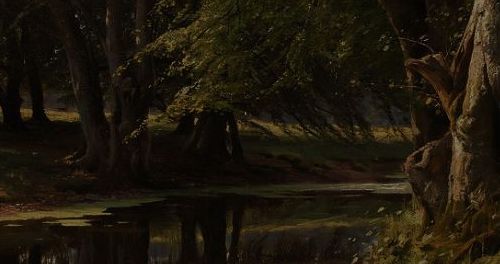
Photography
"The photography department has worked hand in hand with the director to reflect the sensations that the story conveyed to us."
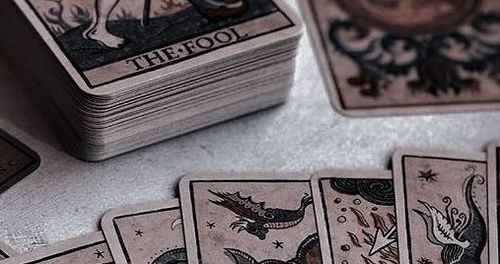
Graphics
"An attempt has been made to adapt the medieval setting that surrounds the story to the different graphic sections of the project."

Editing
"From editing, fallowing the script, we have made the short come to life by uniting and creating the different sequences. "

Networks
"We study the networks, define the character and organize the content with the intention of maximizing our visits and interactions."
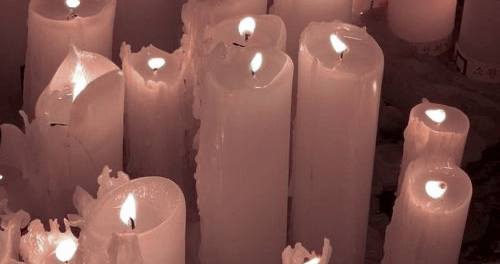
Sound
"We have sought to transmit and transport the viewer to the fifteenth century, trough our editing and audio recording."
Social networks
Discover our social networks.
Discover our Instagram! Here we present our most professional profile. You will be able to see how our projects are progressing and discover more about us and our team. In addition, it is where you can access our exclusive content.
Discover our Twitter! Here you will find a less serious profile, closer and very up to date with memes. On this platform we report on the progress of the project, further develop the content we publish on TikTok and also create exclusive content.
TikTok
Discover our TikTok! Here you will find our most fun and relaxed version. We publish very varied content related to short films, filming, witchcraft, the medieval age... Always with a touch of humor.
Discover our Facebook! Here we also show our most professional side. The content we publish on this social network is very similar to Instagram, although we define some details differently, focusing on reaching the older audience.

